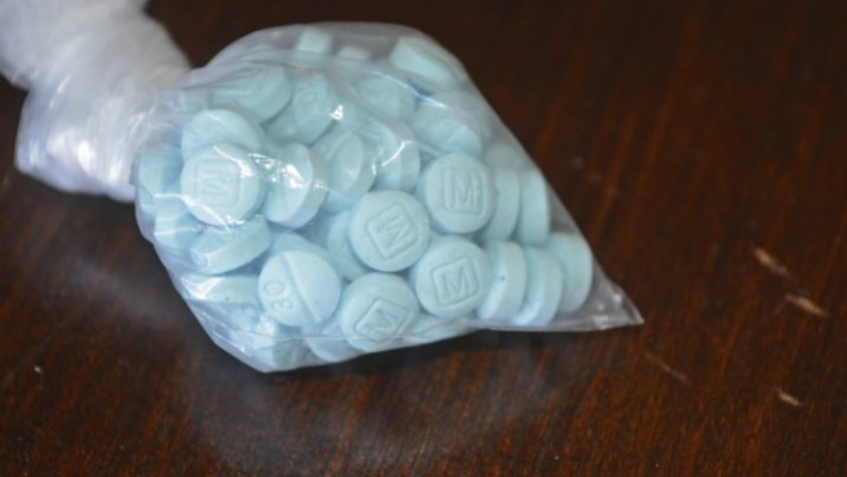New data released by the U.S. Centers for Disease Control and Prevention show that over 83,000 people died from an overdose in the 12-month period ending in July of 2020. This tragic figure represents an 22.8% increase over the 12-month period ending in July of 2019 and is the highest number of overdoses ever recorded.
The powerful synthetic opioid fentanyl and its analogues are the primary drivers behind the surge in deaths. According to the DEA’s 2020 National Drug Threat Assessment, many fentanyl deaths are due to counterfeit pills that are stamped and dyed blue so that they resemble oxycodone. In addition, DEA is intercepting more and more samples of meth and cocaine mixed with fentanyl.
Here are some of the main findings from the report:
- Mexican TCOs are the greatest drug trafficking threat to the United States; they control most of the U.S. drug market and have established varied transportation routes, have advanced communications capabilities, and hold strong affiliations with criminal groups and gangs in the United States.
- Illicit fentanyl—produced in foreign clandestine laboratories and trafficked into the United States in powder and pill form—is primarily responsible for fueling the ongoing opioid crisis. Fentanyl-laced counterfeit pills continue to be trafficked across the country and remain significant contributors to the rates of overdose deaths observed across the country. As inexpensive, potent fentanyl continues to push into established heroin markets, fentanyl will augment, and in some cases supplant, white powder heroin in various domestic markets.
- Methamphetamine price and purity data, as well as law enforcement reporting, all indicate methamphetamine continues to be readily available throughout the United States. Seizures along with drug poisoning deaths involving methamphetamine continue to rise—purity and potency remain high while prices remain relatively low.
- Leading indicators of cocaine availability in the US, including laboratory analysis of cocaine exhibits, cocaine seizure data, and price and purity of the drug, indicate that cocaine availability is steady.
- Controlled Prescription Drugs (CPDs) remain a prevalent concern within the United States—availability remains constant while abuse levels decreased from the previous year. The number of opioid dosage units available on the retail market and opioid thefts and losses reached their lowest levels in nine years.
- Mexico remains the most significant foreign source for marijuana in the United States; however, in U.S. markets, Mexican marijuana has largely been supplanted by domestic-produced marijuana.
- The demand market for New Psychoactive Substances (NPSs) is typified by new substances constantly being created and marketed to users. Synthetic cannabinoids and synthetic cathinones are the most common classes of NPSs available and abused in the United States.
- Despite initial disruptions in drug smuggling, transportation, and distribution, TCOs operating throughout foreign countries and in the United States continued to test new methods and use existing techniques to continue operating during the COVID-19 pandemic.
Drug Free America Foundation’s Dr. Sharif Mohr remarked, “While everyone’s focus is understandably on the pandemic, we can’t lose sight of the dreadful toll the substance use epidemic is exacting on our country. In conjunction with greater efforts to intervene earlier with individuals at the highest risk for overdose, surveillance networks should be strengthened so that overdose outbreaks can be quickly detected, thereby facilitating a more rapid and effective response.”




